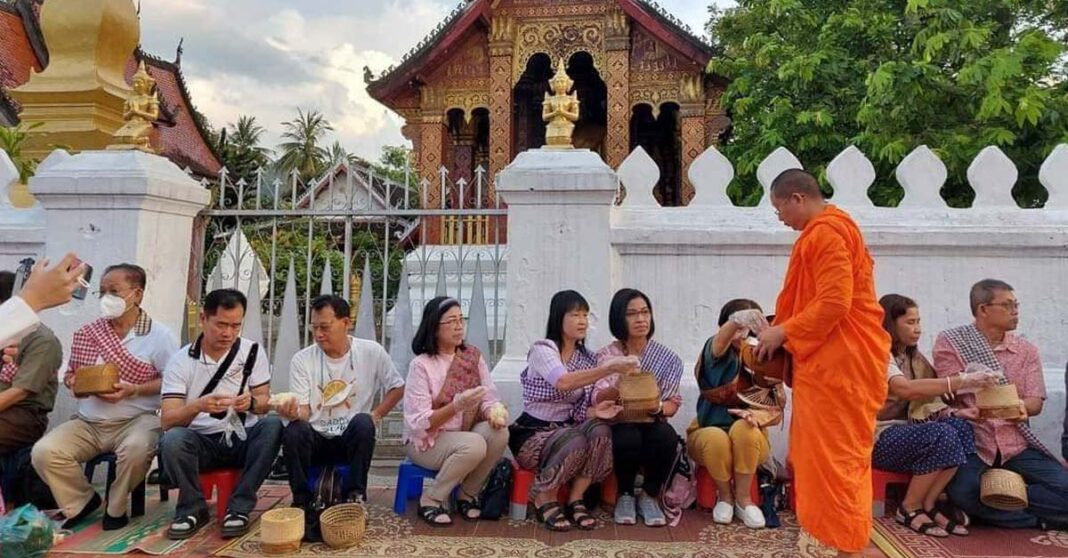Laos has seen just over 42,000 arrivals in the first six months of this year, but experts predict the numbers to increase by a large margin by the end of the year.
The sluggish start to tourism was caused by a delayed reopening, with the country missing the mark as those in the northern hemisphere planned their summer holidays in advance.
Vientiane Times reports that a total of 42,197 foreign nationals entered Laos on tourist visas in the first six months of this year, with the highest numbers arriving in May and June after entry restrictions were lifted.
The average stay for these arrivals was 7.9 days, with spending averaging around USD 83 per person, according to the Tourism Development Department of the Ministry of Information, Culture and Tourism.
This has generated revenue for the government at approximately USD 4.55 million.
Domestic tourism also increased, with more than 600,000 Lao people traveling within the country and spending an average of USD 45 per person over 2.5 days.
Most of the international arrivals came from Thailand, Vietnam, and a spattering of other ASEAN nations.
Surprisingly, only 144 tourists entered Laos from South Korea in the first six months of 2022, while Chinese visitors amounted to only 1,165 due to restrictions on outbound travel as China pursues its zero-Covid policy.
But tourism began to pick up in July, however, with experts predicting a massive shift in arrival numbers after a surge in interest from neighboring Thailand.
“In July, we saw Thai tourists arriving in unprecedented droves, spurred by proximity, the novelty of a high-speed railway, a strong Thai baht, and a rapid succession of long holiday weekends,” said Jason Rolan, a tourism consultant based in Laos.
And while Thai train tourists may not be a long-term or sustainable solution, it could shore up the industry until high season begins.
“There is another long Thai public holiday this week – the last for a few months. The furor for the train will likely die down eventually, and this future decline will only be hastened by problems in securing tickets for the railway,” says Jason.
The Laos-China Railway Company recently admitted to poor management and a lack of operational readiness, promising to quickly improve its services and develop an online ticket reservation system.
And with the tourism high season fast approaching, the railway company should be full steam ahead in preparation for a renewed influx of trainspotters, this time from all over the world.



